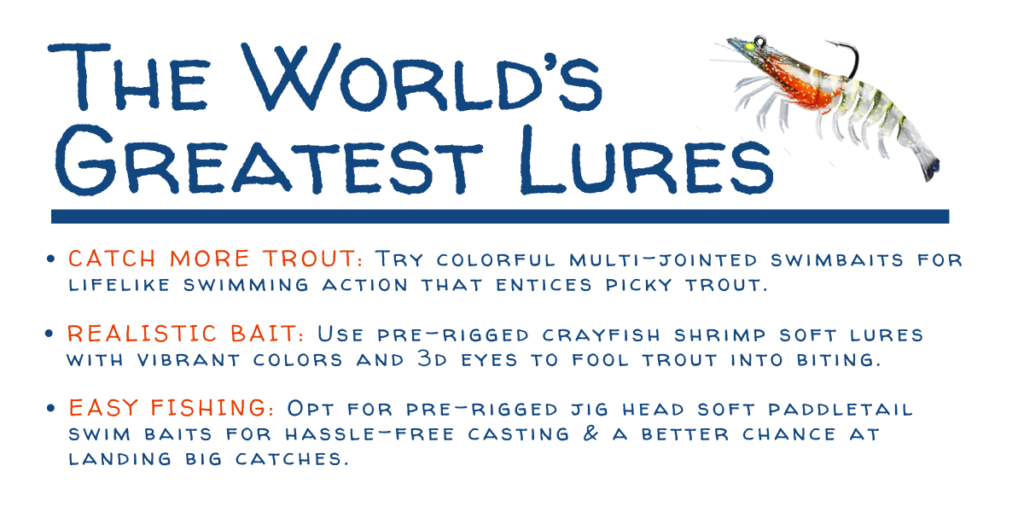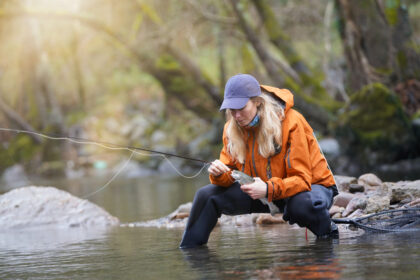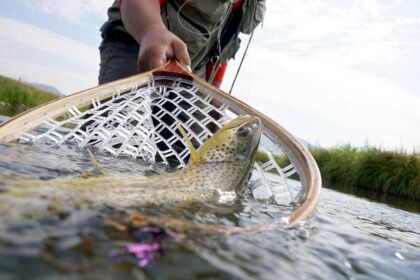2024 Hawaii Fishing License
To get a freshwater fishing license in Hawaii, you can do so through the Division of Aquatic Resources (DAR). The easiest way to obtain a fishing license is online via the DAR’s website ,where residents and non-residents can purchase their permits. Alternatively, you can visit designated vendors such as fishing supply stores, sporting goods retailers, and DAR offices in person to get your freshwater fishing license. Hawaii offers various fishing license options, including annual, multi-year, and short-term permits, with reduced rates for seniors and minors. By acquiring a freshwater fishing license, anglers gain access to Hawaii’s scenic freshwater fishing spots, allowing them to enjoy the state’s diverse aquatic ecosystems responsibly and legally. Be sure to check the 2024 Hawaii Division of Aquatic Resources Regulations for the most up-to-date fishing regulations, size and creel limits.
2024 Freshwater Fishing Fees
Resident/Military age 16yrs + – Annual | $5.00 |
Minors age 9-15 years – Annual | $3.00 |
Non-Resident – Annual | $25.00 |
7-Day Tourist | $10.00 |
30-Day Tourist | $20.00 |
Seniors age 65+ | FREE |
Navigating Fishing Licenses for Hawaii: Everything You Need to Know
Fishing in Hawaii offers a unique and diverse experience, with its pristine waters and abundant marine life. However, before casting your line into the ocean or freshwater streams, it’s crucial to understand the regulations and requirements concerning fishing licenses in the Aloha State.
Understanding Hawaii’s Fishing Landscape
Hawaii boasts an array of fishing opportunities, ranging from saltwater angling to freshwater excursions. The coastal waters are renowned for their rich marine biodiversity, hosting a plethora of species like tuna, mahi-mahi, and marlin, drawing anglers from around the world. Additionally, the freshwater streams and reservoirs of Hawaii provide a unique angling experience, characterized by introduced sport fishes.
The freshwater fishing scene in Hawaii is distinct. While native freshwater species are limited to a handful of gobies and eleotrids, known collectively as ‘o‘opu’, the introduction of non-native species has enriched the fishing experience in the islands. Species like largemouth bass, smallmouth bass, rainbow trout, channel catfish, bluegill sunfish, and tucunare now populate Hawaii’s freshwater bodies, offering anglers a diverse range of targets.
Freshwater Game Fishing License: A Requirement
If you’re planning to target introduced game species in Hawaii’s freshwater bodies, you must obtain a Freshwater Game Fishing License. This license is essential for anglers targeting species like largemouth bass, smallmouth bass, rainbow trout, channel catfish, bluegill sunfish, and tucunare. It’s important to note that selling introduced game species is strictly prohibited by law. By obtaining the necessary license, anglers contribute to the conservation efforts aimed at preserving Hawaii’s aquatic ecosystems.
Regulations and Public Fishing Areas
Before embarking on your fishing adventure, familiarize yourself with the current Hawaii Fishing Regulations. These regulations outline specific rules and restrictions governing both freshwater and saltwater fishing activities in the state. You can obtain regulation booklets from Division of Aquatic Resources offices or most fishing supply stores. Adhering to these regulations ensures sustainable fishing practices and protects Hawaii’s marine resources for future generations.
While some areas are designated as Public Fishing Areas, allowing anglers to fish without additional permissions, most reservoirs, stream banks, and even stream beds in Hawaii are privately owned. Unless explicitly designated as Public Fishing Areas, fishing in these waters requires special permission from the landowner. Anglers should respect private property rights and obtain the necessary permissions before accessing these areas for fishing activities.

Key Introduced Sport Fishes in Hawaii
Understanding the characteristics and habitats of introduced sport fishes can enhance your fishing experience in Hawaii. Each species has unique traits and preferences, requiring different techniques and strategies for successful angling:
1. Largemouth Bass:
These fish prefer sluggish waters and are commonly found in reservoirs. Effective fishing methods include using surface or deep-running lures like plastic worms, crankbaits, or spinnerbaits.
2. Smallmouth Bass:
Unlike largemouth bass, smallmouth bass thrive in cool, flowing streams and reservoirs fed by such streams. Anglers often use small spinners or poppers as lures.
3. Rainbow Trout:
While rainbow trout prefer cold water streams, their spawning in Hawaii is limited due to high water temperatures. Small spinners or flies are effective lures for catching rainbow trout.
4. Channel Catfish:
These fish primarily inhabit reservoirs and feed on small fish, crustaceans, clams, and snails. Crankbaits or large spinnerbaits are recommended for catching channel catfish.
5. Bluegill Sunfish:
Bluegill sunfish are usually found in lakes, ponds, reservoirs, and sluggish streams. They are known to feed on snails, small crayfish, insects, worms, and small minnows.
6. Tucunare:
Generally found in larger reservoirs, tucunare exclusively feed on small fish. Jigs and torpedo-shaped lures are effective for catching tucunare.

Conclusion
Obtaining the necessary fishing license and adhering to regulations is paramount when fishing in Hawaii. Whether you’re targeting introduced sport fishes in freshwater bodies or exploring the diverse marine life in coastal waters, responsible angling practices ensure the sustainability of Hawaii’s precious aquatic resources.
So, before you embark on your next fishing adventure in the Aloha State, make sure you’re equipped with the right knowledge and licenses to make it a memorable and sustainable experience. By respecting regulations and practicing ethical angling, anglers contribute to the conservation and preservation of Hawaii’s marine ecosystems for generations to come.






